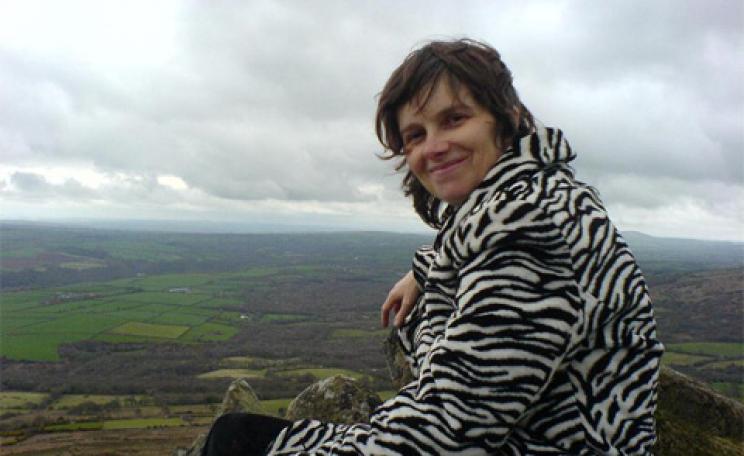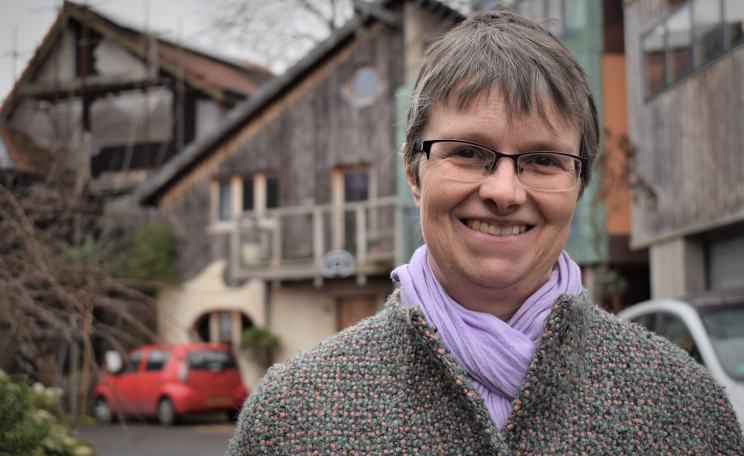Some of you may know that I live an exciting double life. When I am not writing for the Ecologist and playing the role of the radical critic of modern capitalism I am sitting demurely in an ivory tower masquerading as a university teacher. So far I have managed the tension fairly successfully, but my recent forays into curriculum development have unearthed what a trekkie might refer to as ‘an anomaly’.
For those of you who do not know university protocol I should tell you that each degree programme has an external examiner, who keeps the academics on their toes and protects the standard for students. Quite right too, I thought, until our external examiner recently questioned the content of a course I was teaching on Applied Economics, because of the absence of ‘formal models’. This resulted in some discussion with colleagues about exactly what a formal model is: we could not be certain but we shared a suspicion that it meant numbers and statistics.
You cannot teach economics without maths, apparently, although you can teach it without morality. And the converse also applies. Because if you are part of a discipline that cannot function without counting then it cannot properly value what cannot be measured. Moral considerations are, for this reason, excluded wholesale from economics as taught in our universities.
Francis Galton, first cousin and close collaborator with Darwin, is a fascinating example of an intellect in which the obsession with quantification has run amok. He was a pioneer of statistics and one of the first to attempt to extend the techniques of science to the human being, through the discipline of physical anthropology. An apocryphal story has him attempting to describe the steatopygia (enlarged buttocks) he observed amongst the women of southern Africa, which he measured using a surveying instrument for fear of being accused of perversion by touching the human body.
Galton extended these researches into the measurement of nature, eventually becoming lost in the infinite regress of attempting to make nature conform to mathematics, rather than accepting that the forms we find in the natural world are a gift and that the maths we derive from them is a symptom of our limited understanding. This ‘regression’ was developed into the statistical method that now dominates the pseudo-science of economics.
Galton seemed incapable of distinguishing between the different sorts of knowledge and forms of enquiry appropriate for different realms, a fact best illustrated by his essay ‘Statistical Inquiries into the Efficacy of Prayer’, published in 1872. He has been airbrushed out of the history of ideas because of his passion for eugenics, another pseudo-science which exactly exemplifies the problematic nature of measurement detached from a deeper spiritual grounding.
Jeremy Bentham, who, together with his protégée J. S. Mill, devised the system of utilitarianism that underpins the cost-benefit analysis so beloved of policy-makers, had no doubt about his ability to measure both pleasure and pain. He devised a ‘felicific calculus’, which offered a mathematical technique for measuring the sum total of pleasure and pain produced by an act, thus enabling a person to work out minutely whether the act would be moral.
Such extraordinary and misguided confidence would be amusing were it not so terrifying. My own ambitions are considerably more limited, since I aim only to engage students with the necessity of developing an economic system that makes the future of human life on earth a probability rather than a remote possibility. And formal models? I still follow my favourite method: the method of deep thought. As that excellent critic of misplaced concreteness Mary Midgley notes, ‘there are many other ways of connecting different patterns intelligibly besides trying to force them into a uniform mould’.







